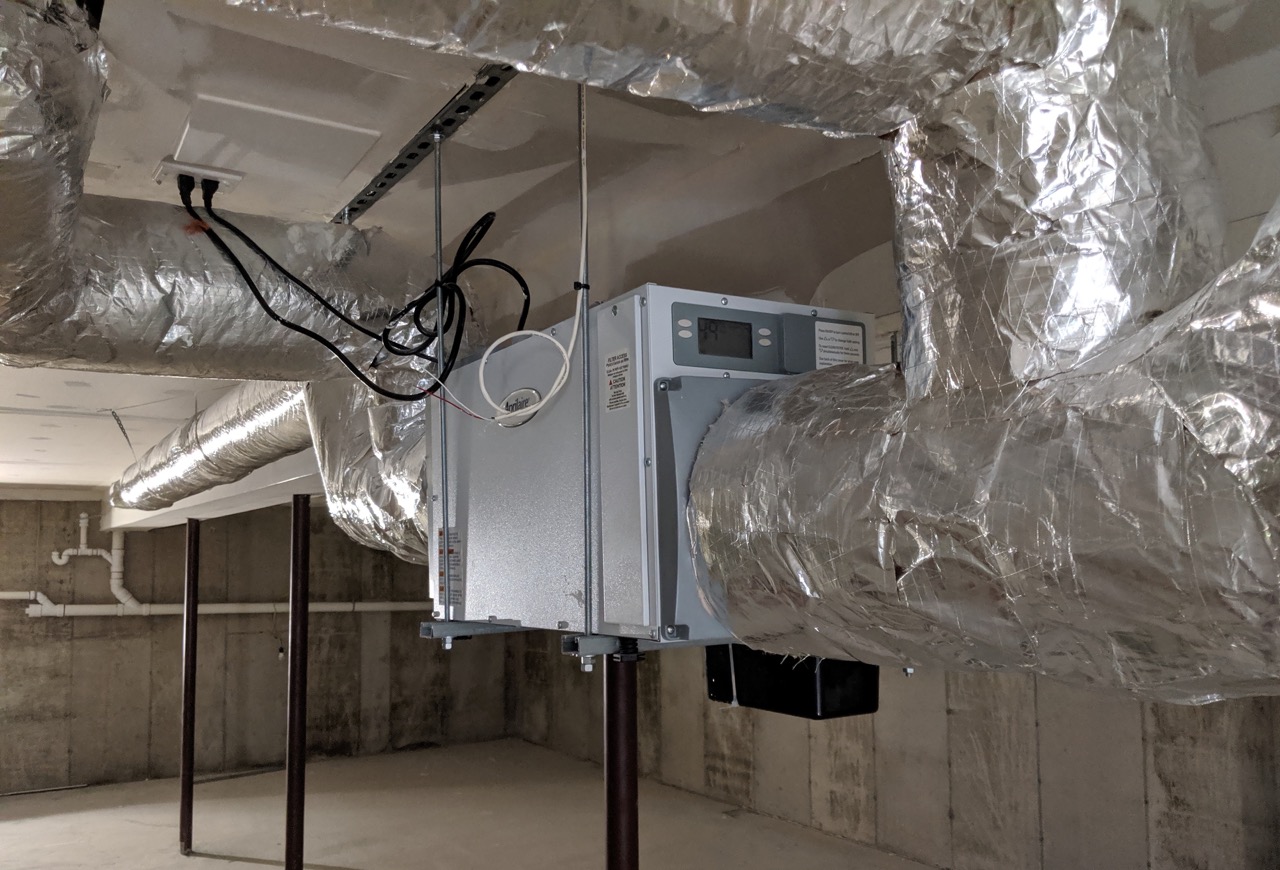

Articles
How To Add A Dehumidifier To HVAC
Modified: February 20, 2024
Learn how to add a dehumidifier to your HVAC system with our informative articles. Improve indoor air quality and prevent mold and mildew.
(Many of the links in this article redirect to a specific reviewed product. Your purchase of these products through affiliate links helps to generate commission for Storables.com, at no extra cost. Learn more)
Introduction
Welcome to our guide on how to add a dehumidifier to your HVAC system. Dealing with excess humidity in your home can be a frustrating and uncomfortable experience. High humidity levels can lead to issues such as mold growth, musty odors, and even damage to your furniture and belongings. Adding a dehumidifier to your HVAC system can help regulate the humidity levels in your home, providing you with a more comfortable and healthy living environment.
In this article, we will discuss the benefits of adding a dehumidifier to your HVAC system, factors to consider before making the addition, different types of dehumidifiers available, and step-by-step instructions on how to add one to your existing HVAC system. We will also provide you with maintenance and troubleshooting tips to ensure that your dehumidifier functions optimally.
So, whether you live in a humid climate or simply want to improve the air quality in your home, read on to learn how to incorporate a dehumidifier into your HVAC system and enjoy the many benefits it can bring.
Key Takeaways:
- Adding a dehumidifier to your HVAC system can greatly improve indoor air quality, reduce odors, prevent mold and mildew, protect belongings, and enhance energy efficiency, creating a healthier and more comfortable home environment.
- Before adding a dehumidifier, consider factors such as space size, humidity levels, drainage options, noise levels, energy efficiency, and installation options. Choose the right type of dehumidifier for your home’s specific needs and follow proper installation and maintenance guidelines for optimal performance.
Read more: How To Add A Humidifier To HVAC
Benefits of Adding a Dehumidifier to HVAC
Adding a dehumidifier to your HVAC system offers a range of benefits that can greatly improve the comfort and health of your home. Here are some key advantages:
- Improved Indoor Air Quality: Excess humidity in your home can lead to the growth of mold, mildew, and dust mites, which can trigger allergies and respiratory issues. A dehumidifier helps remove excess moisture from the air, reducing the risk of these allergens and improving indoor air quality.
- Reduced Odors: High humidity levels can result in musty and unpleasant odors in your home. By controlling moisture levels, a dehumidifier helps eliminate these odors, leaving your home smelling fresh and clean.
- Prevention of Mold and Mildew: Mold and mildew thrive in damp environments. By maintaining optimal humidity levels, a dehumidifier helps prevent the growth of mold and mildew on walls, ceilings, and other surfaces, reducing the risk of damage to your home and potential health issues.
- Protects Furniture and Belongings: Excess humidity can cause damage to wood furniture, electronics, and other sensitive items. By removing moisture from the air, a dehumidifier helps prevent warping, rotting, and corrosion, prolonging the life of your belongings.
- Energy Efficiency: High humidity levels make you feel warmer, causing you to rely more on air conditioning. By reducing humidity, a dehumidifier can help your HVAC system run more efficiently, potentially reducing energy consumption and saving you money on utility bills.
With these benefits in mind, adding a dehumidifier to your HVAC system is a worthwhile investment that can greatly enhance your home’s environment.
Factors to Consider Before Adding a Dehumidifier
Before adding a dehumidifier to your HVAC system, there are several important factors to consider. These factors will help ensure that you choose the right dehumidifier and that it effectively addresses your home’s specific humidity needs. Here are some key considerations:
- Size of Your Space: Determine the square footage of the area you want to dehumidify. This will help you determine the capacity and size of the dehumidifier needed. A larger space may require a higher-capacity dehumidifier or multiple units.
- Current Humidity Levels: Measure the humidity levels in your home using a hygrometer. This will help you determine if your home has excessively high humidity levels or if certain areas require more dehumidification than others. Understanding your current humidity levels will help you select the appropriate dehumidifier.
- Drainage Options: Consider the available drainage options in your home. Dehumidifiers typically come with different drainage mechanisms, such as gravity drainage, direct drainage to a floor drain, or the use of a condensate pump. Ensure that you have a suitable method for draining the collected water from the dehumidifier.
- Noise Levels: Some dehumidifiers can produce noise, which may be an important factor to consider if you plan to place the dehumidifier in a bedroom or living area. Look for dehumidifiers that have a quiet operation, especially if noise is a concern for you.
- Energy Efficiency: Consider the energy efficiency rating of the dehumidifier. Look for models that are ENERGY STAR certified, as they use less energy and can help you save on your utility bills in the long run.
- Installation Options: Determine if you want a standalone dehumidifier or one that can be integrated into your HVAC system. Installing a dehumidifier into your HVAC system offers convenience and ensures that it works in conjunction with your existing heating and cooling system.
By carefully considering these factors, you can make an informed decision when choosing a dehumidifier that best suits your home and specific needs. Remember to consult with a professional if you have any doubts or need assistance with the selection and installation process.
Types of Dehumidifiers for HVAC Systems
There are several types of dehumidifiers that can be integrated into HVAC systems to effectively control humidity levels in your home. Each type has its own set of features and advantages. Here are the most common types of dehumidifiers for HVAC systems:
- Whole-house Dehumidifiers: These dehumidifiers are installed directly into your HVAC system and are designed to dehumidify your entire home. They work in conjunction with your heating and cooling system to regulate humidity levels throughout your space. Whole-house dehumidifiers typically have a higher capacity and are ideal for larger homes or areas with consistently high humidity levels.
- Portable Dehumidifiers: While not directly integrated into the HVAC system, portable dehumidifiers can effectively dehumidify specific areas or rooms in your home. They are versatile and can be moved from one room to another as needed. Portable dehumidifiers are available in different sizes and capacities, making them suitable for smaller spaces or areas that require occasional dehumidification.
- Ducted Dehumidifiers: Ducted dehumidifiers can be installed in line with your HVAC ductwork, allowing them to remove moisture from the air as it passes through the system. These dehumidifiers are typically more compact and are suitable for homes that have limited space for a standalone unit. Ducted dehumidifiers are also effective in situations where controlling humidity at the source is necessary, such as crawl spaces or basements.
- Ventilation Dehumidifiers: These dehumidifiers use a combination of air ventilation and dehumidification to control humidity levels. They are designed to exhaust stale and humid air from your home while bringing in fresh, filtered air. Ventilation dehumidifiers can be integrated with your HVAC system or operate independently to maintain optimal humidity levels throughout your home.
- Heat Pump Dehumidifiers: Heat pump dehumidifiers use a refrigeration process similar to air conditioners to extract moisture from the air. They cool the air to condense the moisture, then reheat the air before releasing it back into your home. These dehumidifiers are energy-efficient and can be incorporated into your HVAC system for whole-house dehumidification.
When choosing a dehumidifier for your HVAC system, consider the specific needs of your home, space, and budget. Consulting with a professional HVAC technician can help you determine the best type and size of dehumidifier that will effectively control humidity levels and create a comfortable living environment.
When adding a dehumidifier to your HVAC system, make sure to properly size it for your home’s square footage and consider the location for optimal air circulation. Additionally, consult with a professional to ensure proper installation and integration with your existing HVAC system.
Steps to Add a Dehumidifier to Your HVAC System
Adding a dehumidifier to your HVAC system may require professional installation, especially if you are not familiar with HVAC systems. However, if you have some knowledge and experience, you may be able to tackle the installation yourself. Here are the general steps involved in adding a dehumidifier to your HVAC system:
- Choose the Right Location: Select a suitable location for the dehumidifier within your HVAC system. Consider accessibility, space availability, and proximity to the air handler or other components.
- Prepare the HVAC System: Turn off the power to your HVAC system to ensure your safety during the installation process. Locate the return air plenum and make a cutout for the dehumidifier.
- Connect the Dehumidifier to the HVAC System: Connect the supply and return air ducts from the dehumidifier to the corresponding ducts in your HVAC system. This ensures proper airflow and distribution of dehumidified air throughout your home.
- Secure the Connections: Use duct tape or appropriate fittings to secure the connections between the dehumidifier and the HVAC system. This helps prevent air leaks and ensures efficient operation.
- Install the Drainage System: If your dehumidifier collects water, install a suitable drainage system. This could involve connecting it to a floor drain, condensate pump, or other drainage mechanism, depending on the specific requirements of your dehumidifier.
- Connect the Power Supply: Ensure that the dehumidifier is properly grounded and connect it to the power supply. Follow the manufacturer’s instructions and refer to local electrical codes for safe installation.
- Test and Verify Operation: Turn on the power to the HVAC system and test the dehumidifier to ensure it is functioning correctly. Monitor the humidity levels in your home to verify that the dehumidifier is effectively controlling the moisture.
Please note that these steps are general guidelines and may vary depending on the specific dehumidifier and HVAC system you are working with. It is always recommended to consult the installation instructions provided by the manufacturer or seek professional assistance to ensure a proper and safe installation.
Read more: How A Dehumidifier Works
Maintenance and Troubleshooting Tips for Dehumidifiers
To keep your dehumidifier running efficiently and effectively, regular maintenance is essential. Additionally, should any issues arise, troubleshooting can help you address them promptly. Here are some maintenance and troubleshooting tips for your dehumidifier:
Maintenance Tips:
- Regularly clean or replace the air filter to ensure proper airflow and prevent clogs. Consult the manufacturer’s instructions for the recommended cleaning frequency.
- Empty the water collection bucket or drain the condensate regularly to prevent overflow. Refer to the user manual for the specific instructions on how to access and empty the water reservoir.
- Keep the area around the dehumidifier clean and free from dust and obstructions to maximize its efficiency.
- Inspect the coils and fins for any buildup of dirt or debris. Gently clean them using a soft brush or a vacuum cleaner with a brush attachment.
- Check the drainage system regularly to ensure proper function. Clear any clogs or blockages that may impede the flow of water.
- Monitor the humidity levels in your home to ensure that the dehumidifier is maintaining the desired levels. Adjust the settings if necessary.
Troubleshooting Tips:
- If the dehumidifier is not turning on, check that it is properly plugged into a functioning power outlet. Ensure that the power switch is in the “On” position.
- If the dehumidifier is running but not removing moisture from the air, verify that the air filter is clean and the coils are free from dirt and debris. A dirty filter or clogged coils can impede the dehumidification process.
- If the dehumidifier is producing excessive noise, ensure that it is placed on a level surface and that there are no obstructions or loose components causing vibrations.
- If there is excessive condensation or water leakage, check the drainage system for any clogs or blockages. Also, ensure that the water collection bucket is properly installed and not overflowing.
- If you experience any other issues or the troubleshooting tips do not resolve the problem, consult the user manual or contact the manufacturer’s customer support for further assistance.
By following these maintenance tips and troubleshooting steps, you can ensure that your dehumidifier operates efficiently and effectively, providing you with a comfortable and healthy indoor environment.
Conclusion
Adding a dehumidifier to your HVAC system can greatly improve the comfort, air quality, and overall health of your home. By effectively controlling moisture levels, a dehumidifier helps prevent mold growth, eliminates musty odors, and protects your furniture and belongings from damage. Additionally, it can enhance the energy efficiency of your HVAC system, helping you save on utility bills.
Before adding a dehumidifier, it is important to consider factors such as the size of your space, current humidity levels, drainage options, noise levels, energy efficiency, and installation options. Taking these factors into account will ensure that you choose the right dehumidifier for your home’s specific needs.
There are different types of dehumidifiers available for HVAC systems, including whole-house dehumidifiers, portable dehumidifiers, ducted dehumidifiers, ventilation dehumidifiers, and heat pump dehumidifiers. Each type has its own advantages and features, allowing you to select the one that best suits your home and preferences.
When adding a dehumidifier to your HVAC system, it is recommended to follow proper installation steps or seek professional assistance to ensure a safe and effective integration. Regular maintenance, such as cleaning or replacing the air filter, emptying the water collection bucket, and keeping the area clean and free from obstructions, will help your dehumidifier operate efficiently.
In the event of any issues, troubleshooting steps can address common problems such as power issues, inefficient moisture removal, excessive noise, and water leakage. Consult the user manual or contact the manufacturer for further assistance if needed.
In conclusion, by adding a dehumidifier to your HVAC system and following proper maintenance, you can create a more comfortable, healthier, and energy-efficient living environment for you and your family.
Frequently Asked Questions about How To Add A Dehumidifier To HVAC
Was this page helpful?
At Storables.com, we guarantee accurate and reliable information. Our content, validated by Expert Board Contributors, is crafted following stringent Editorial Policies. We're committed to providing you with well-researched, expert-backed insights for all your informational needs.
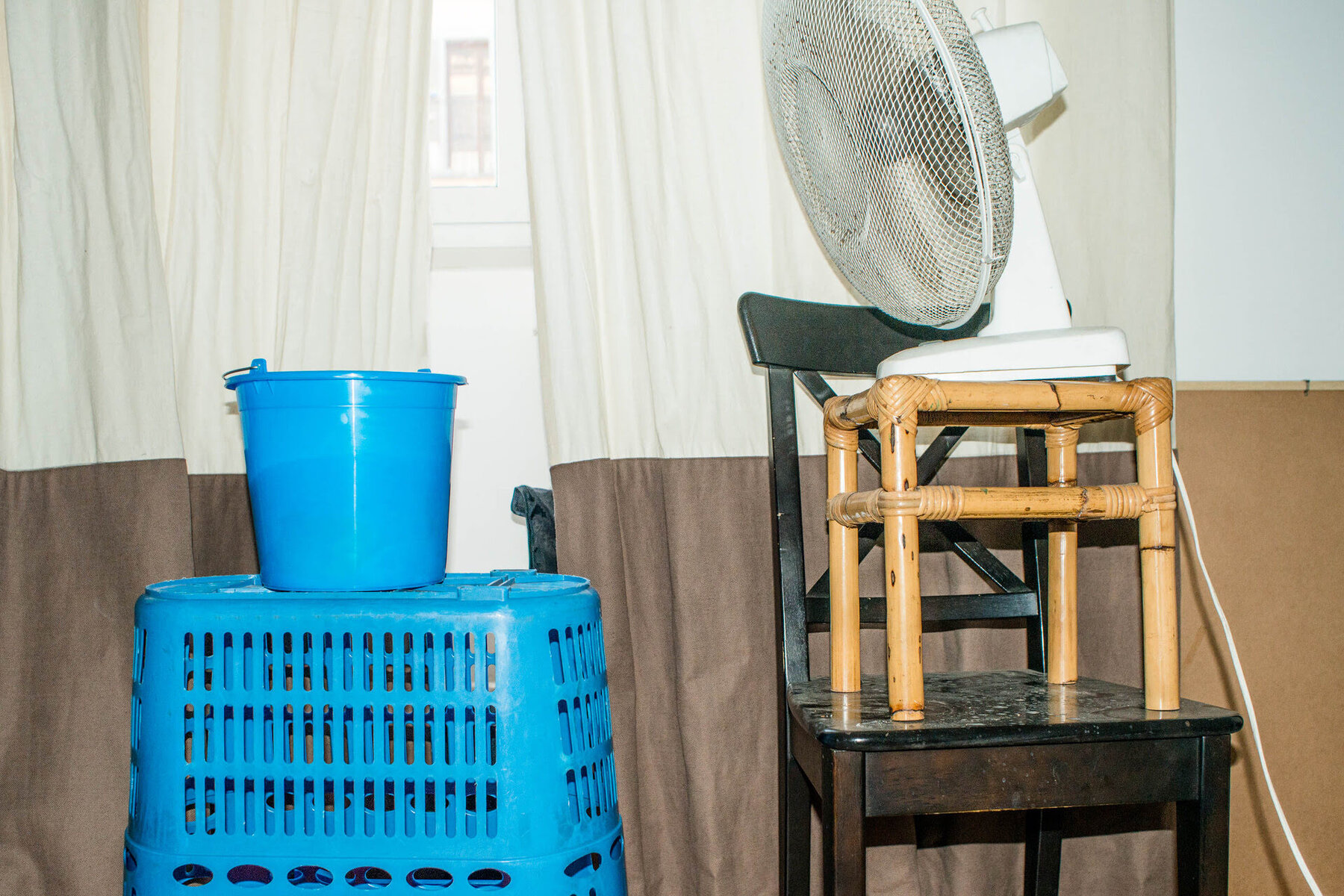
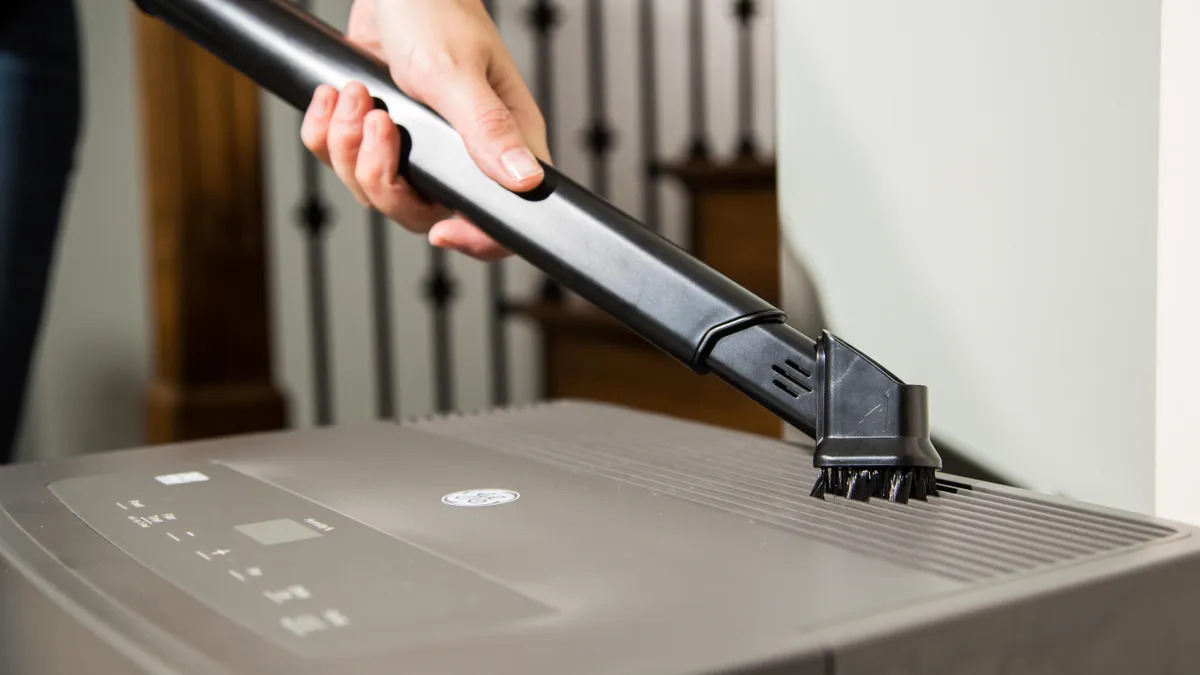

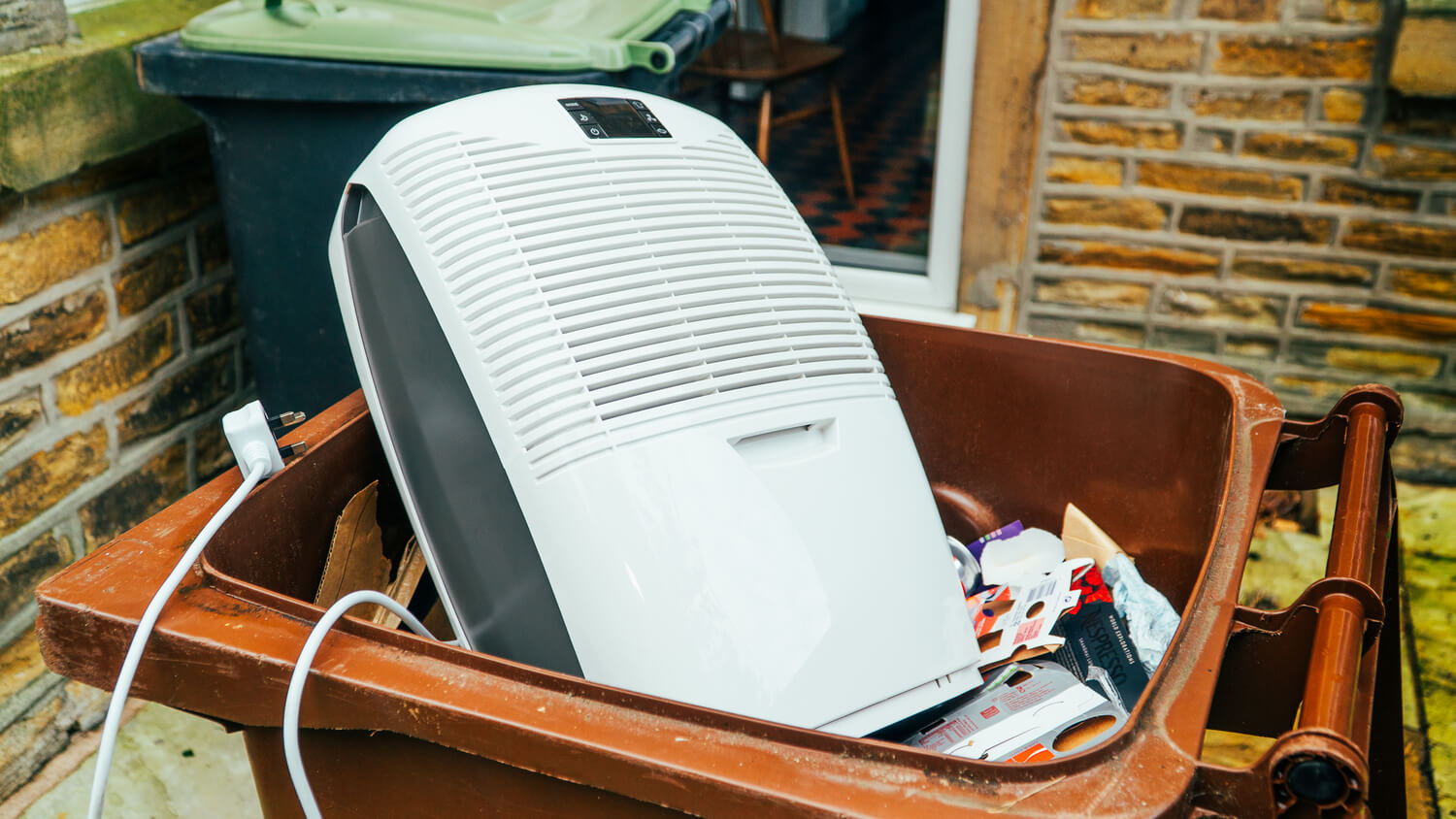
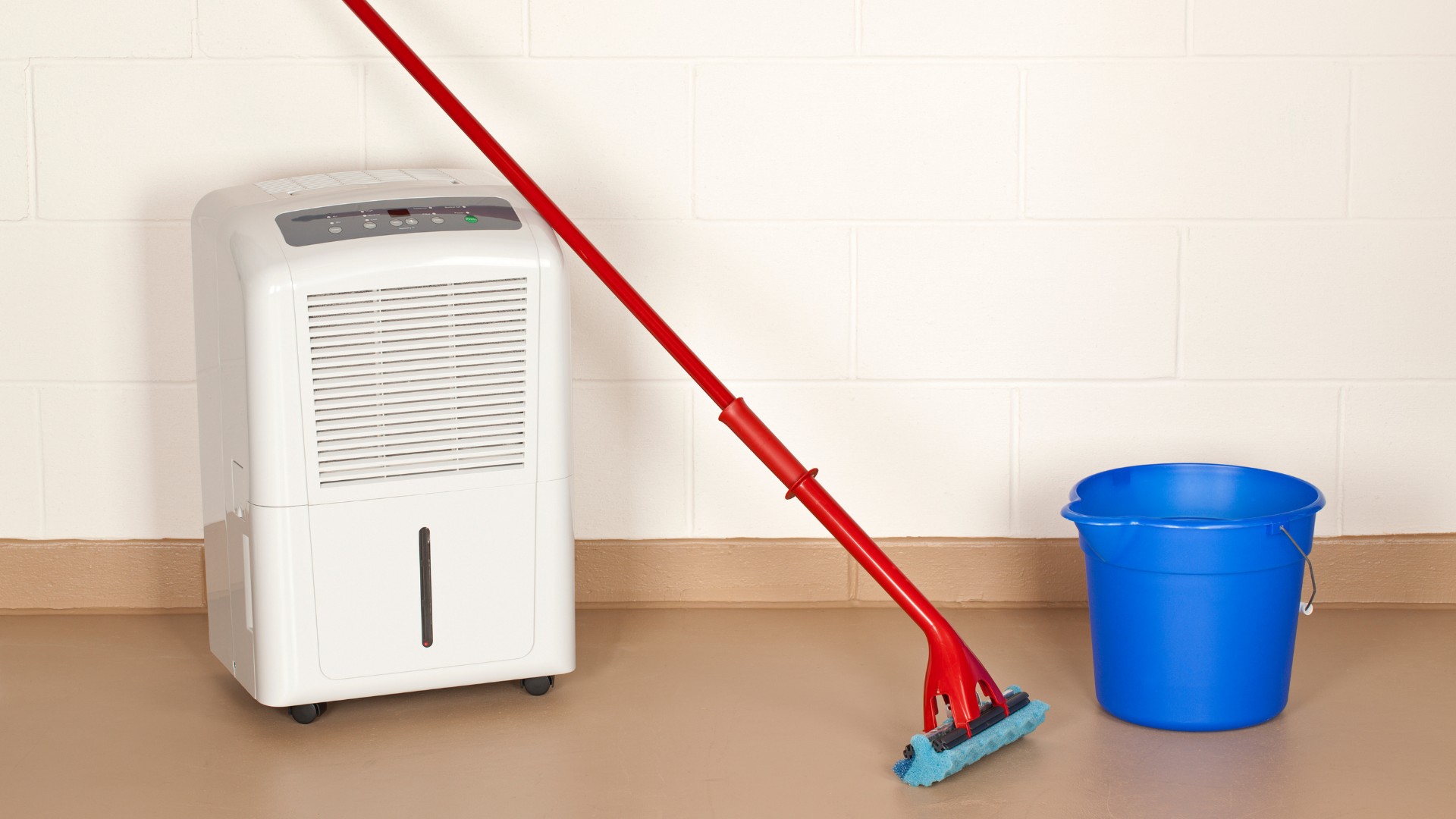
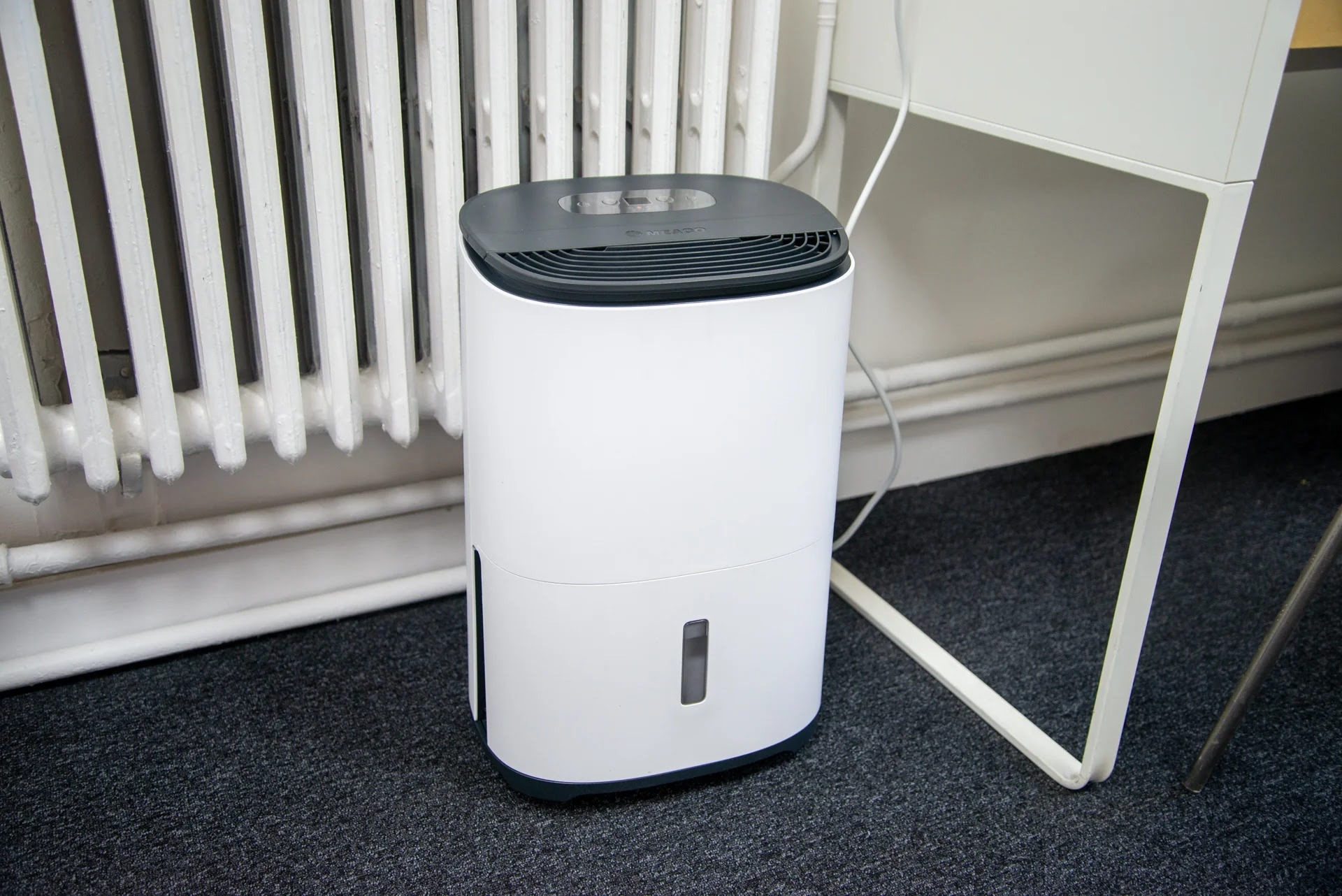
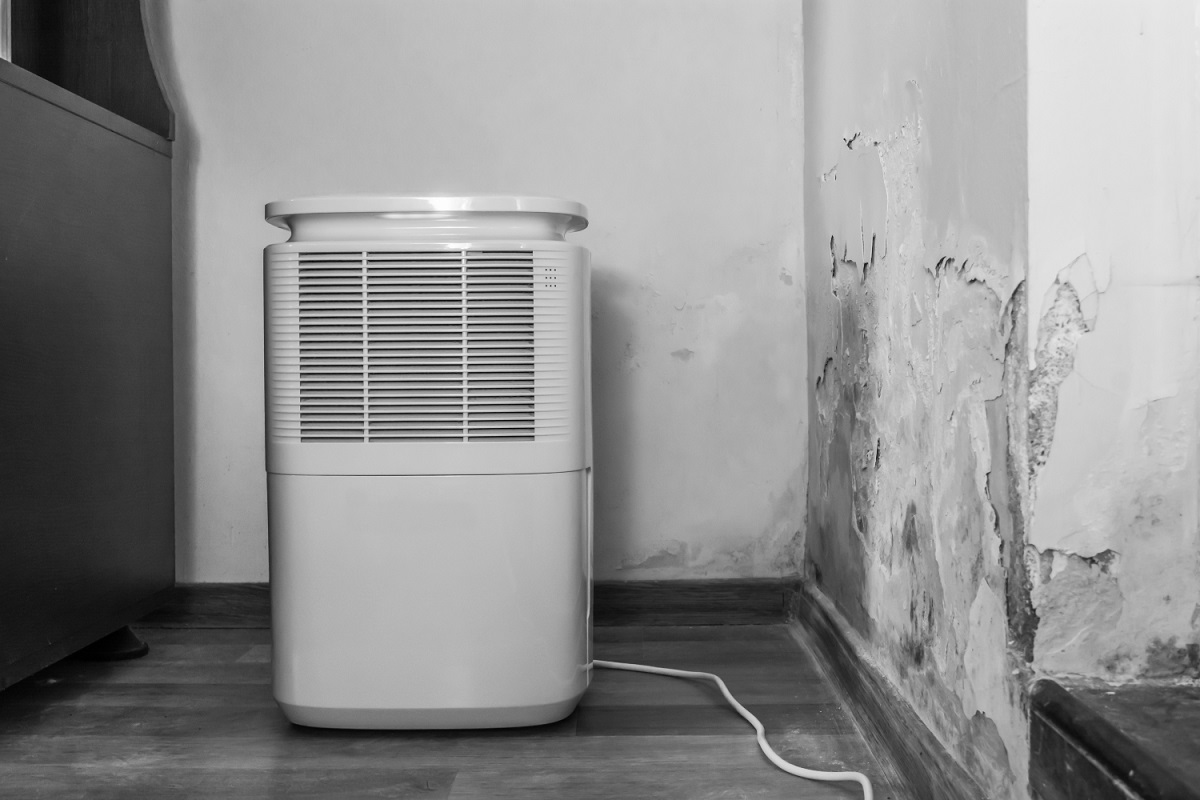
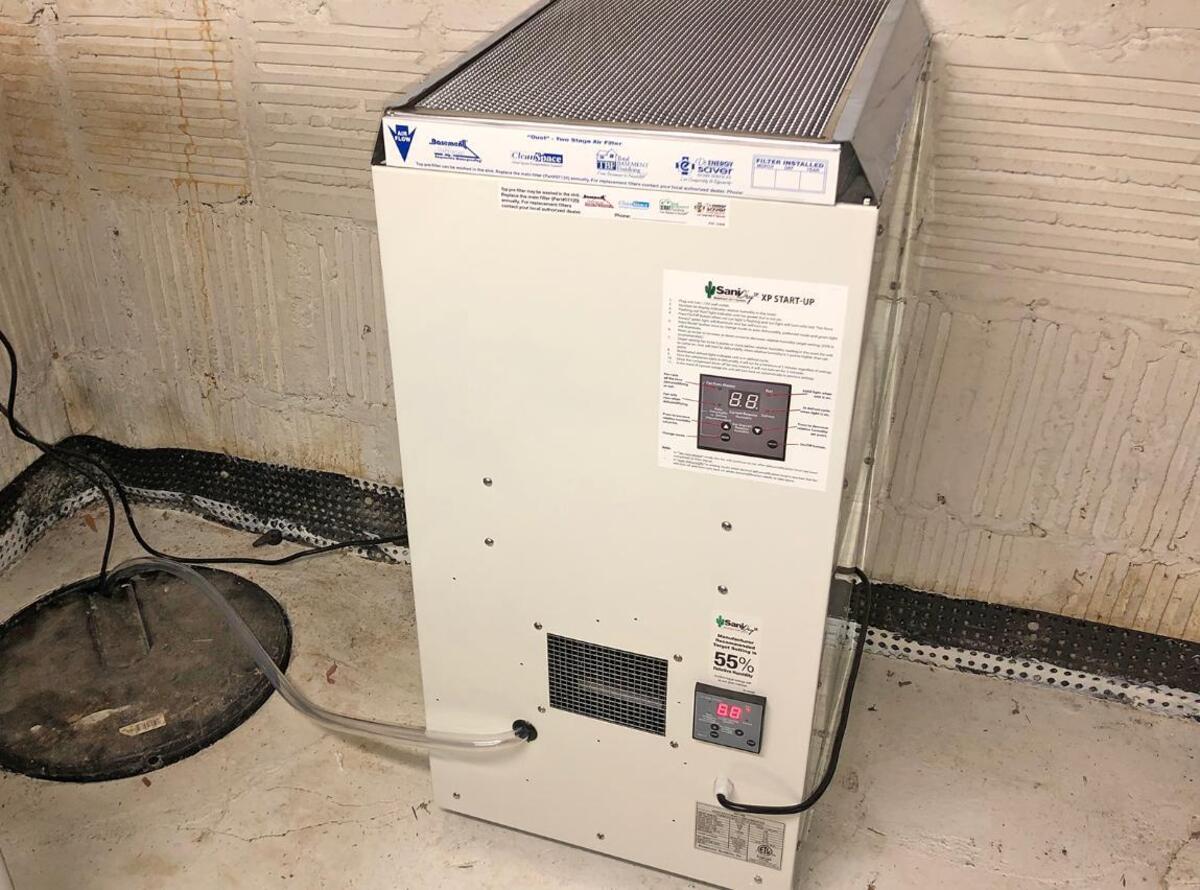
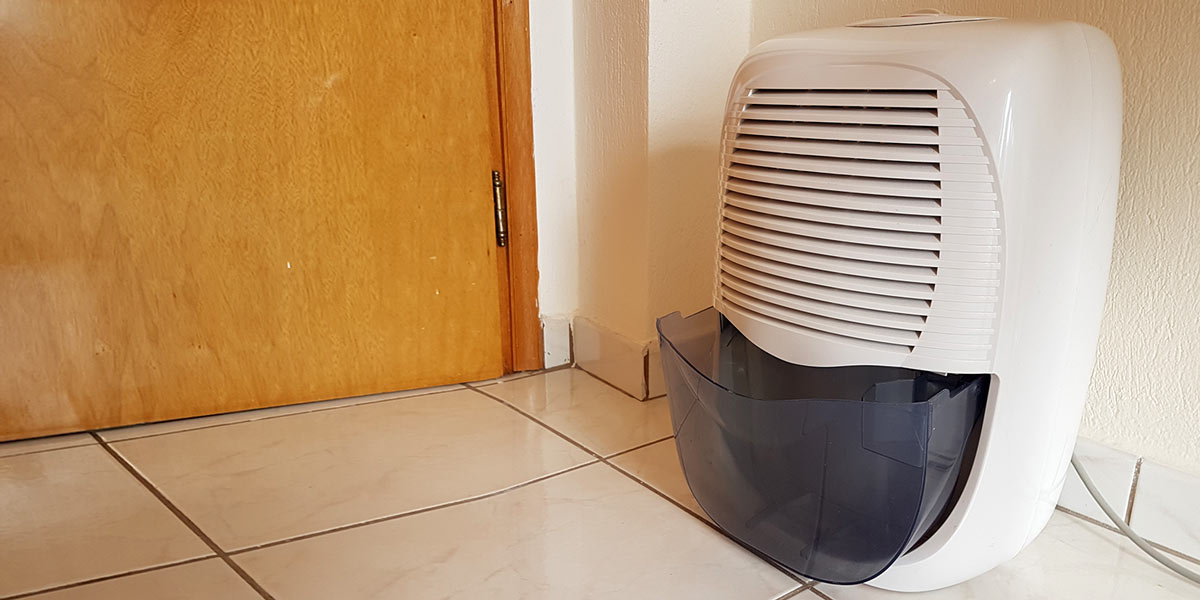
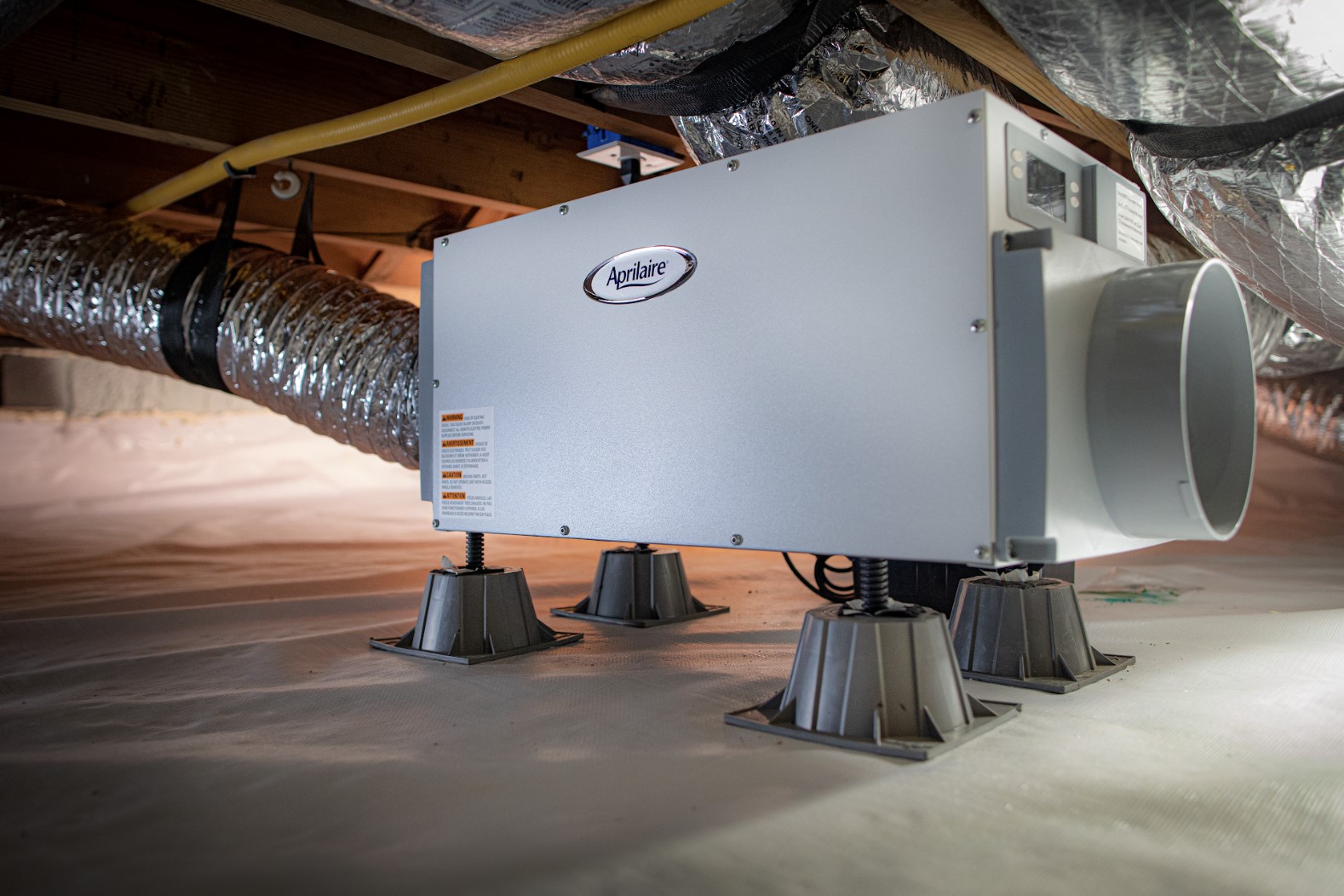
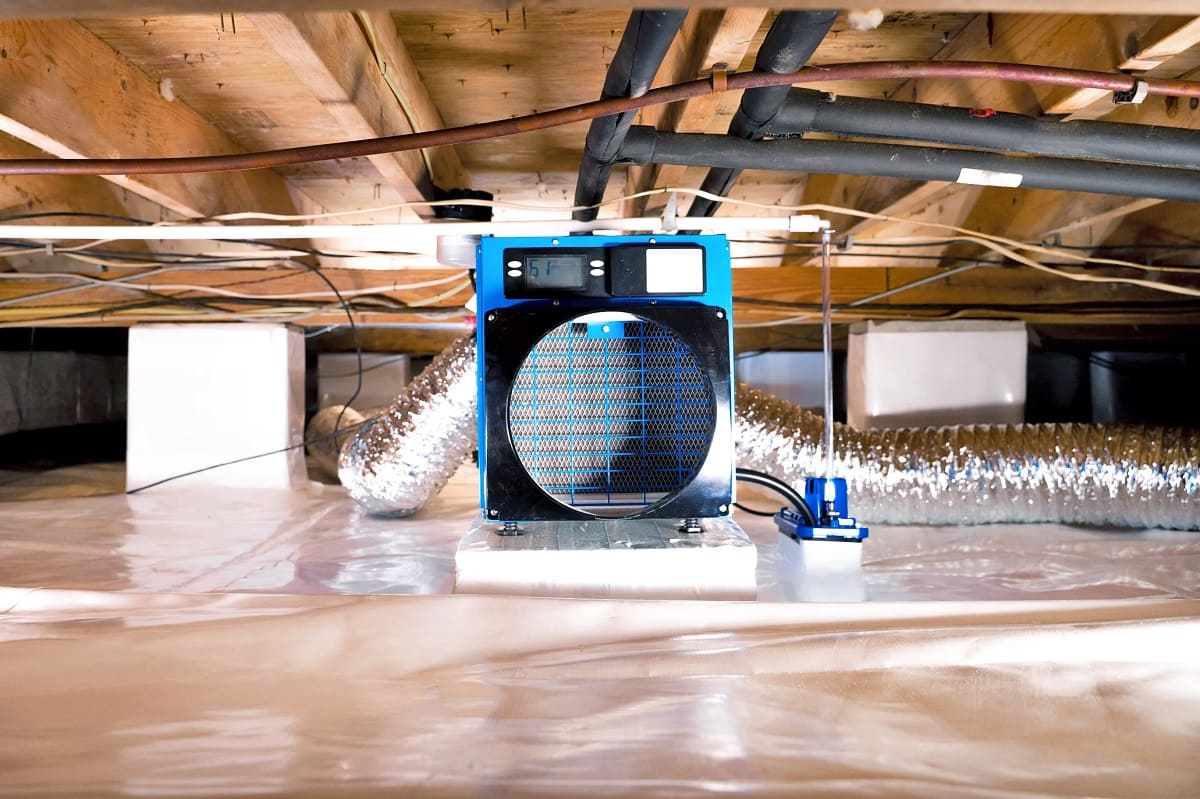
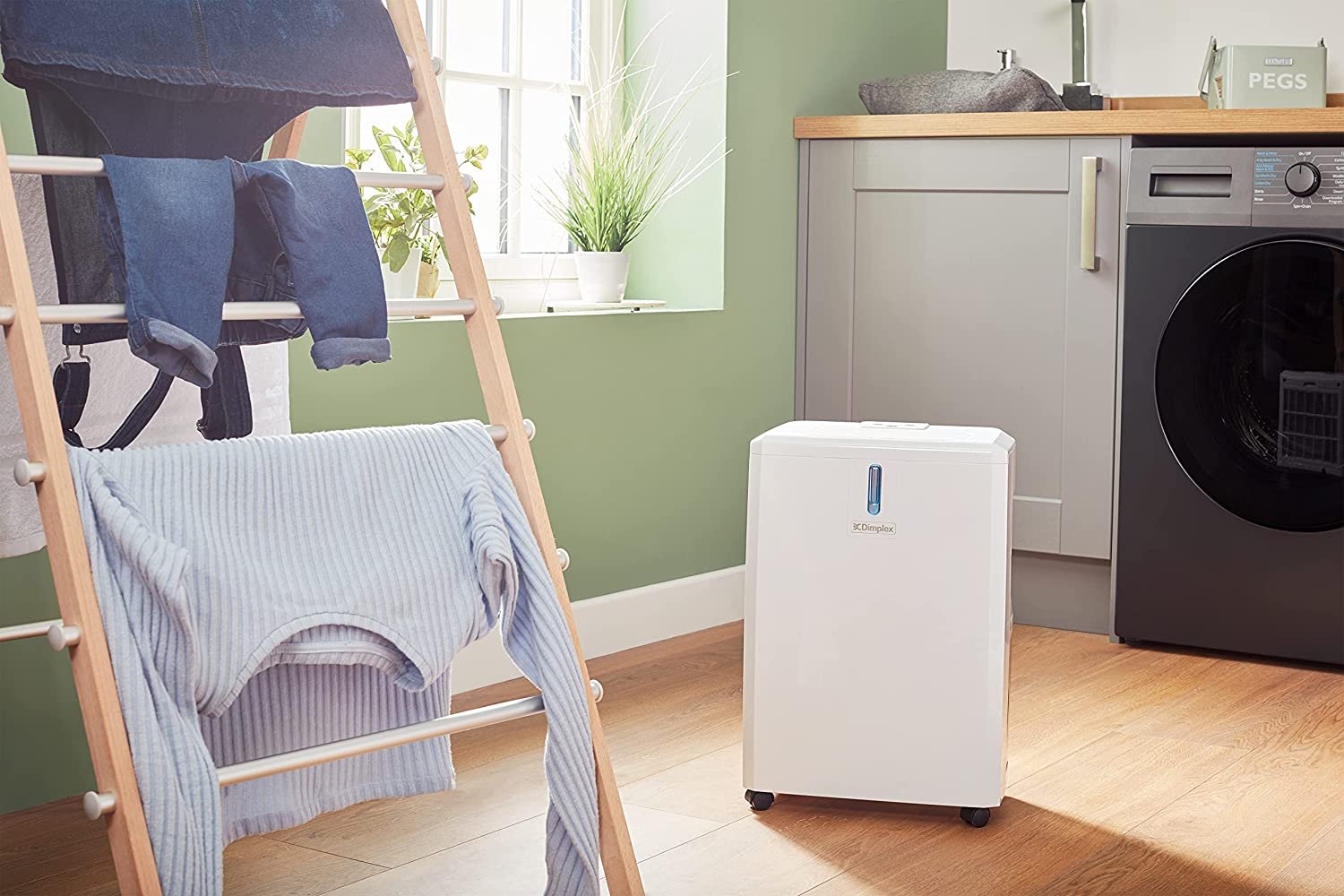
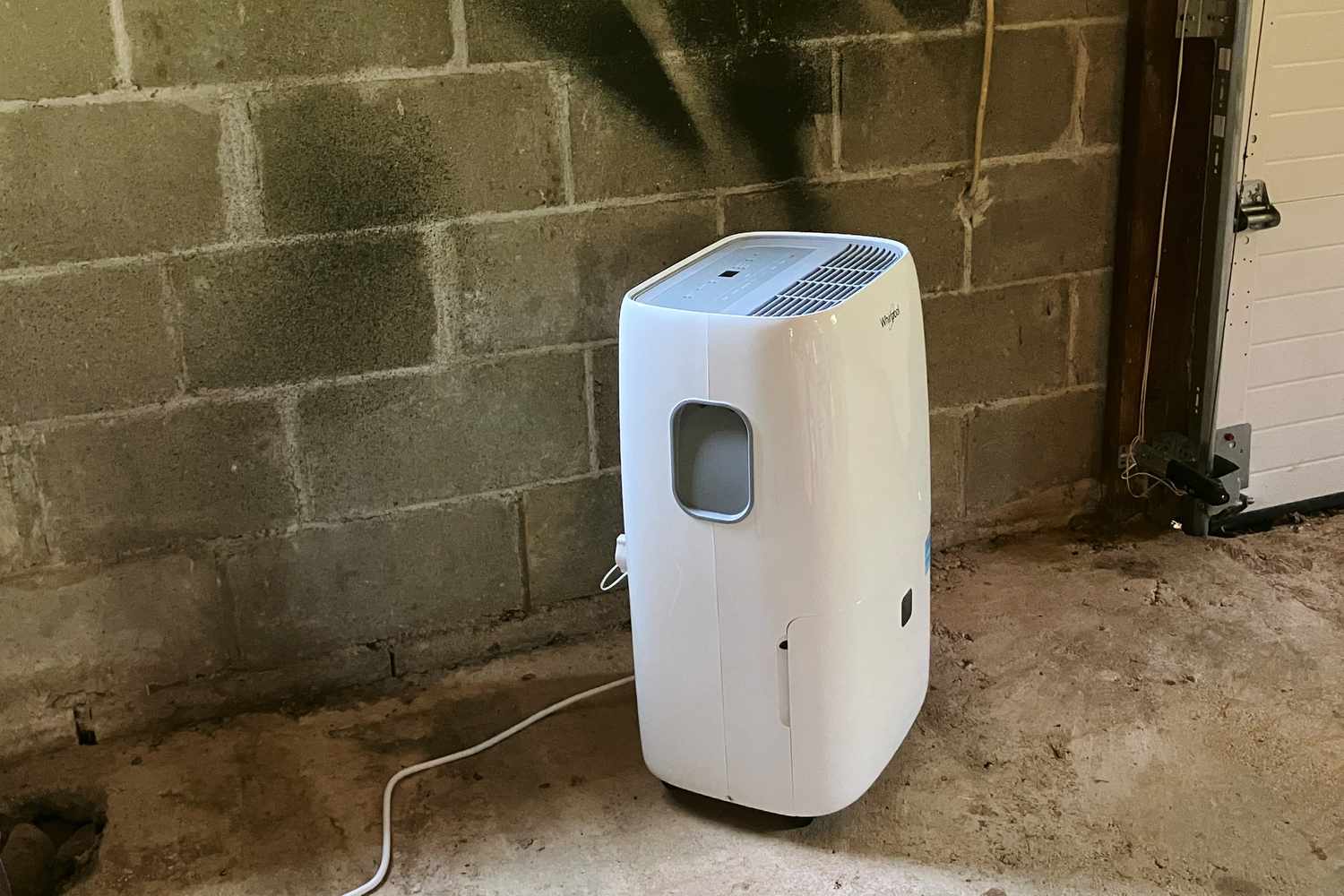
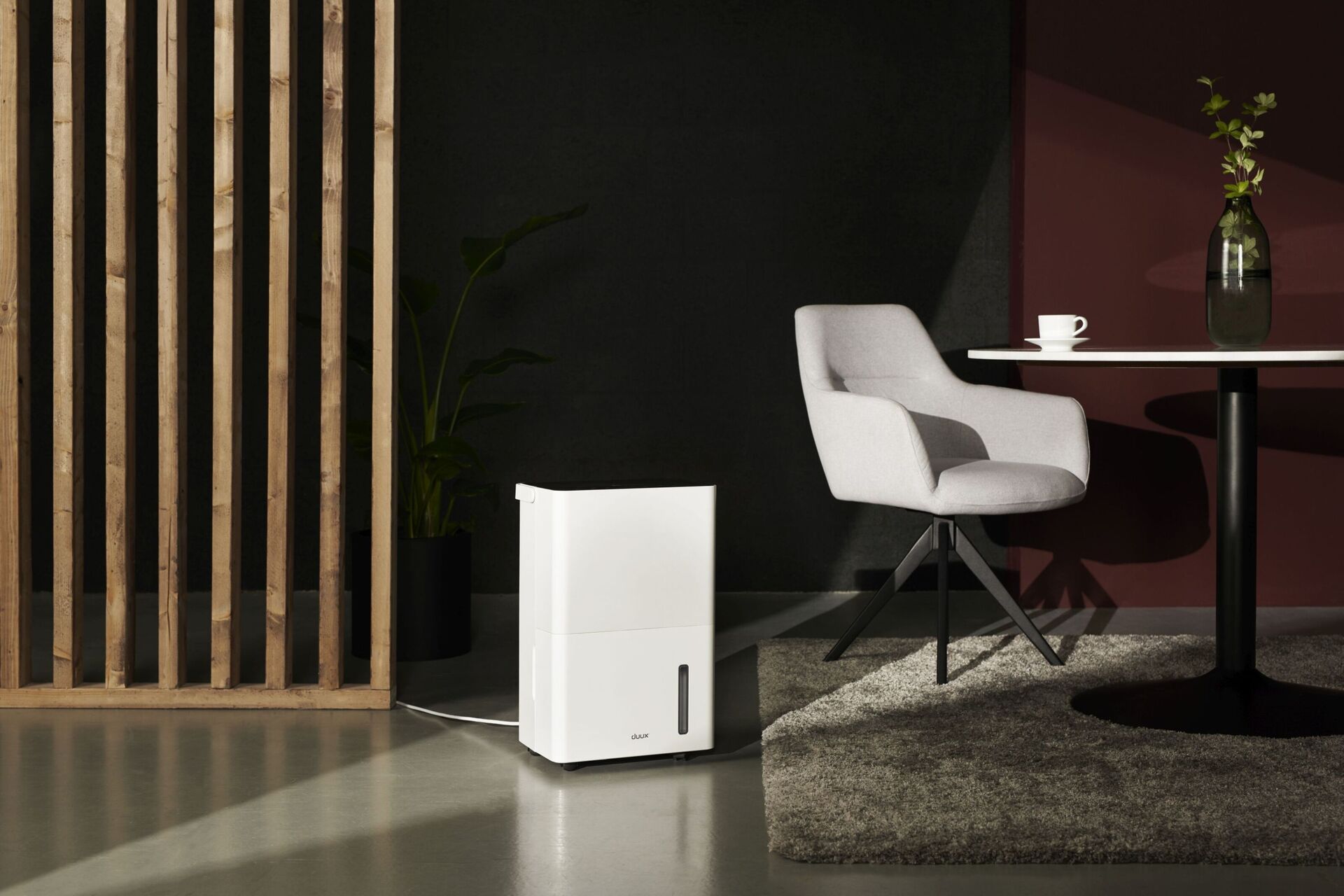

0 thoughts on “How To Add A Dehumidifier To HVAC”